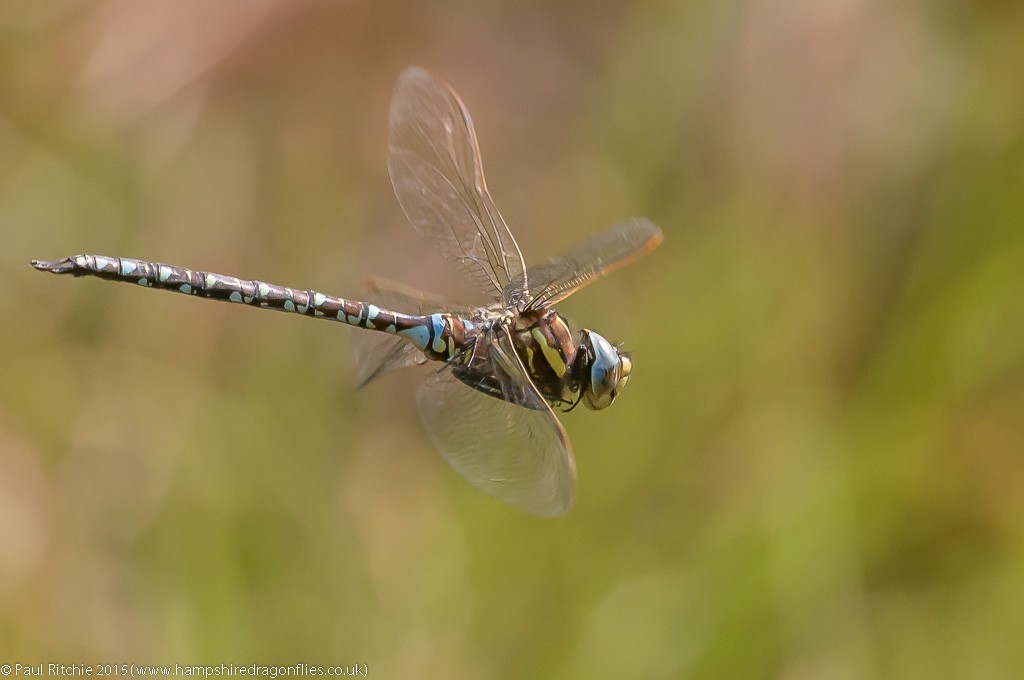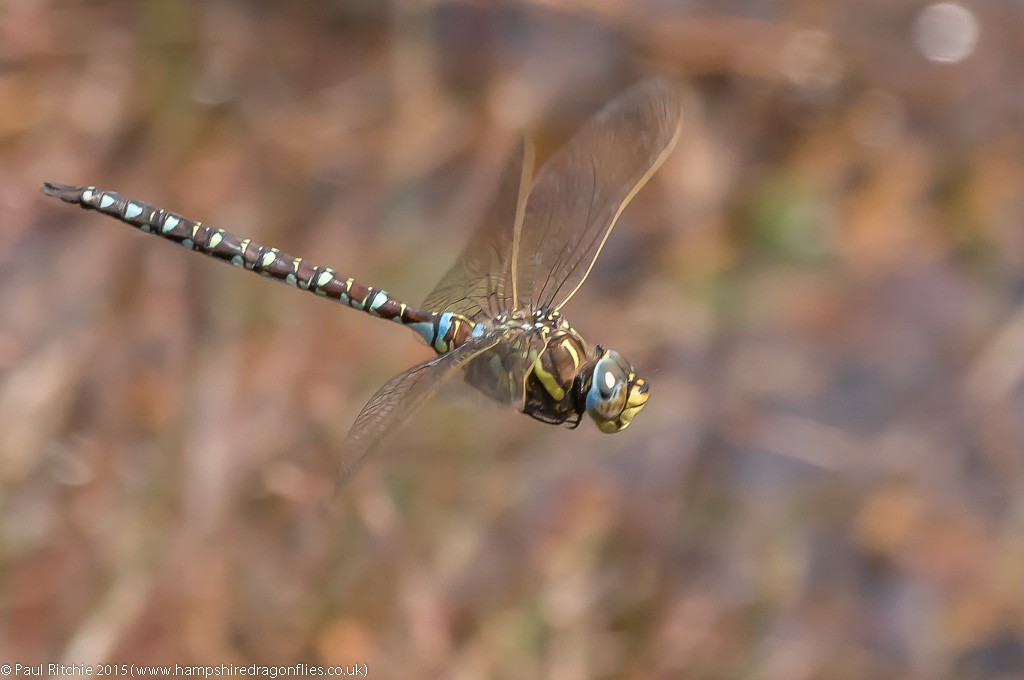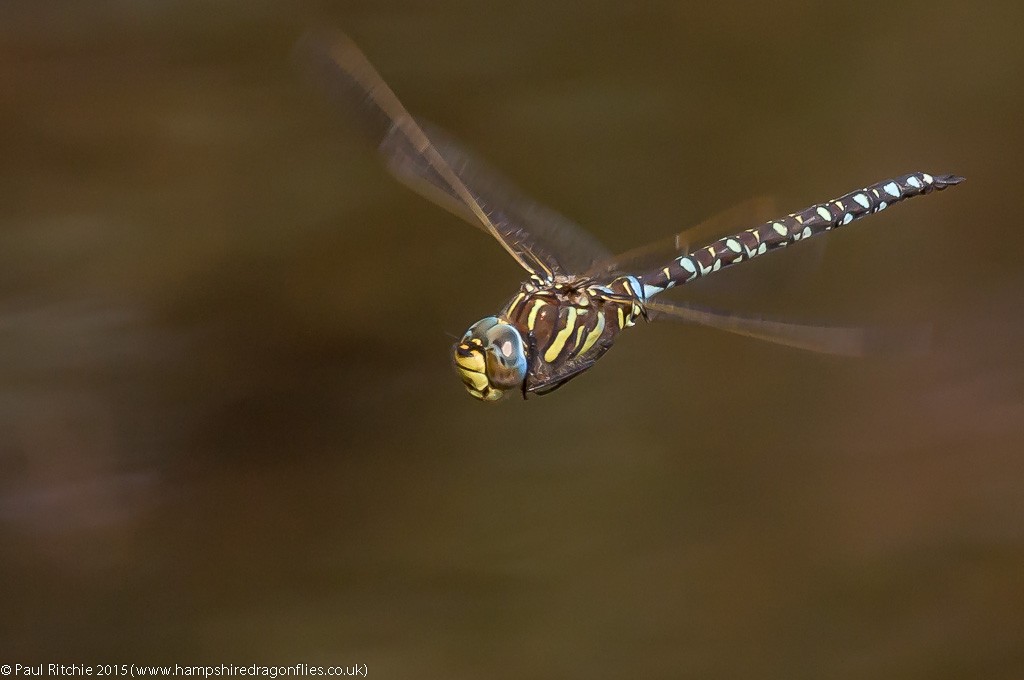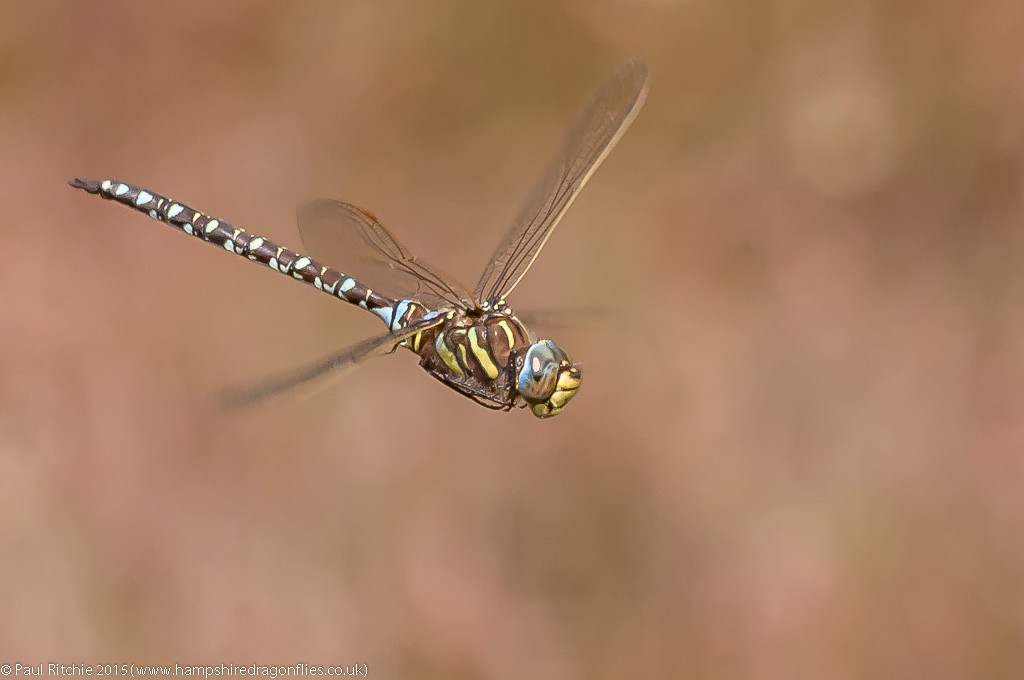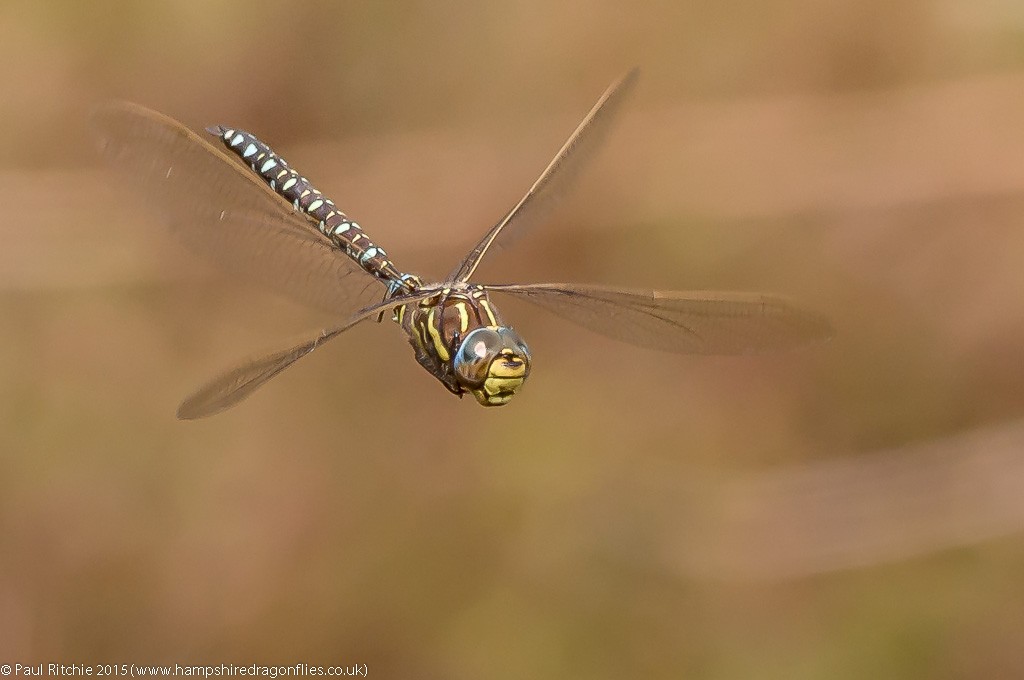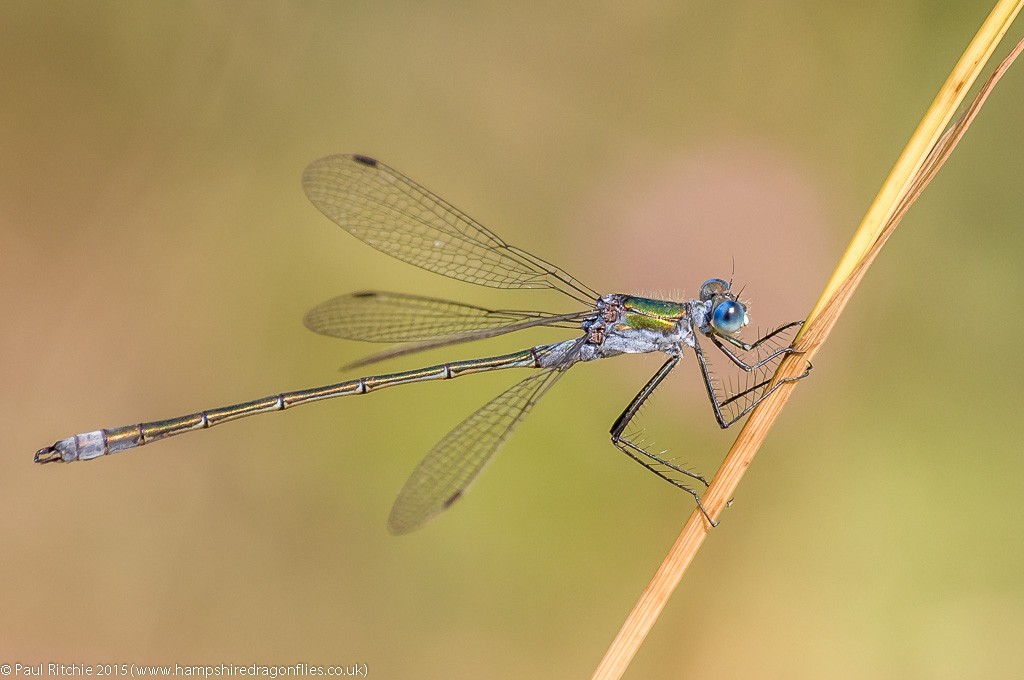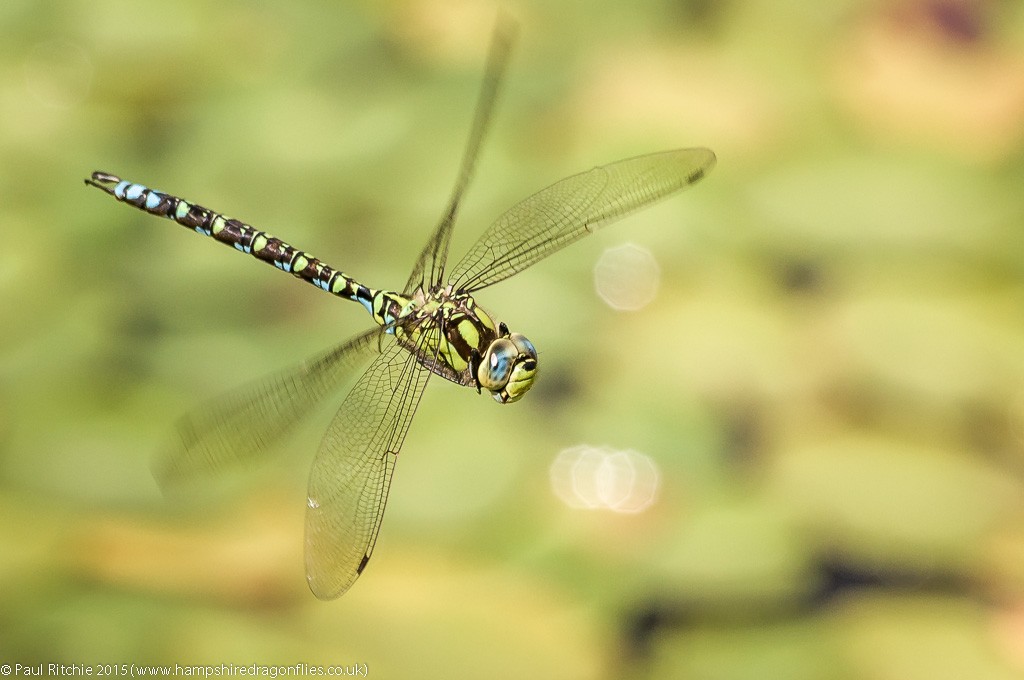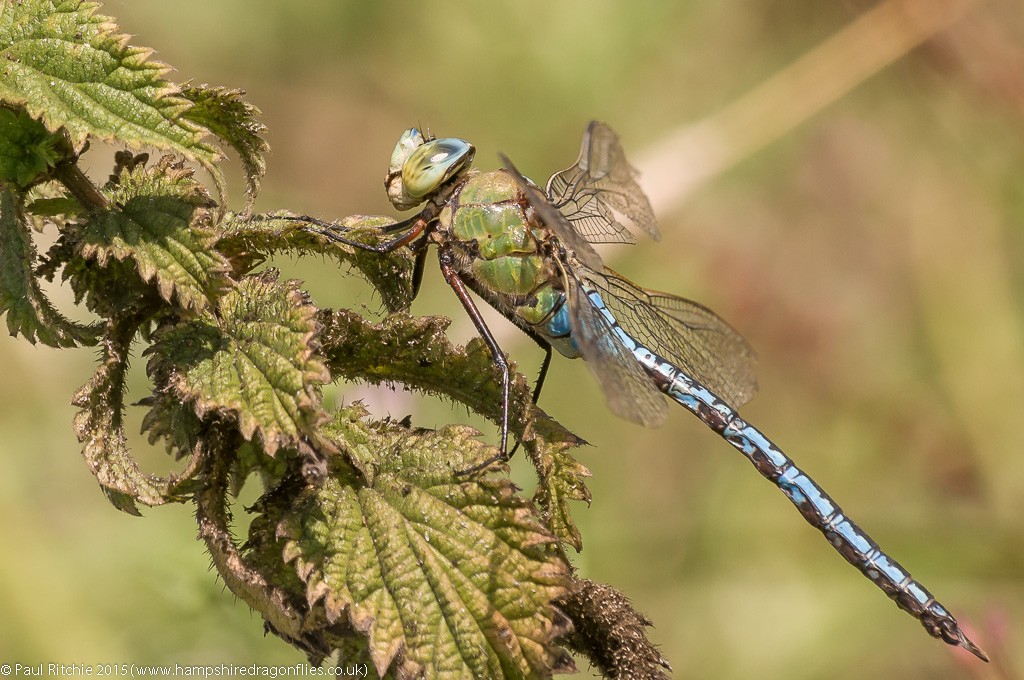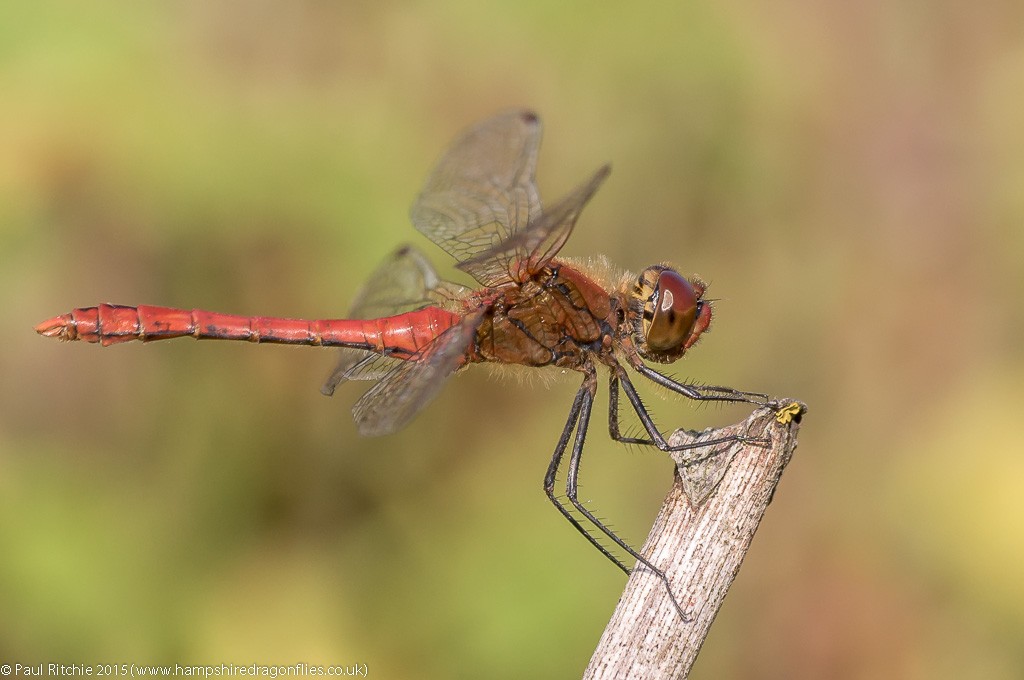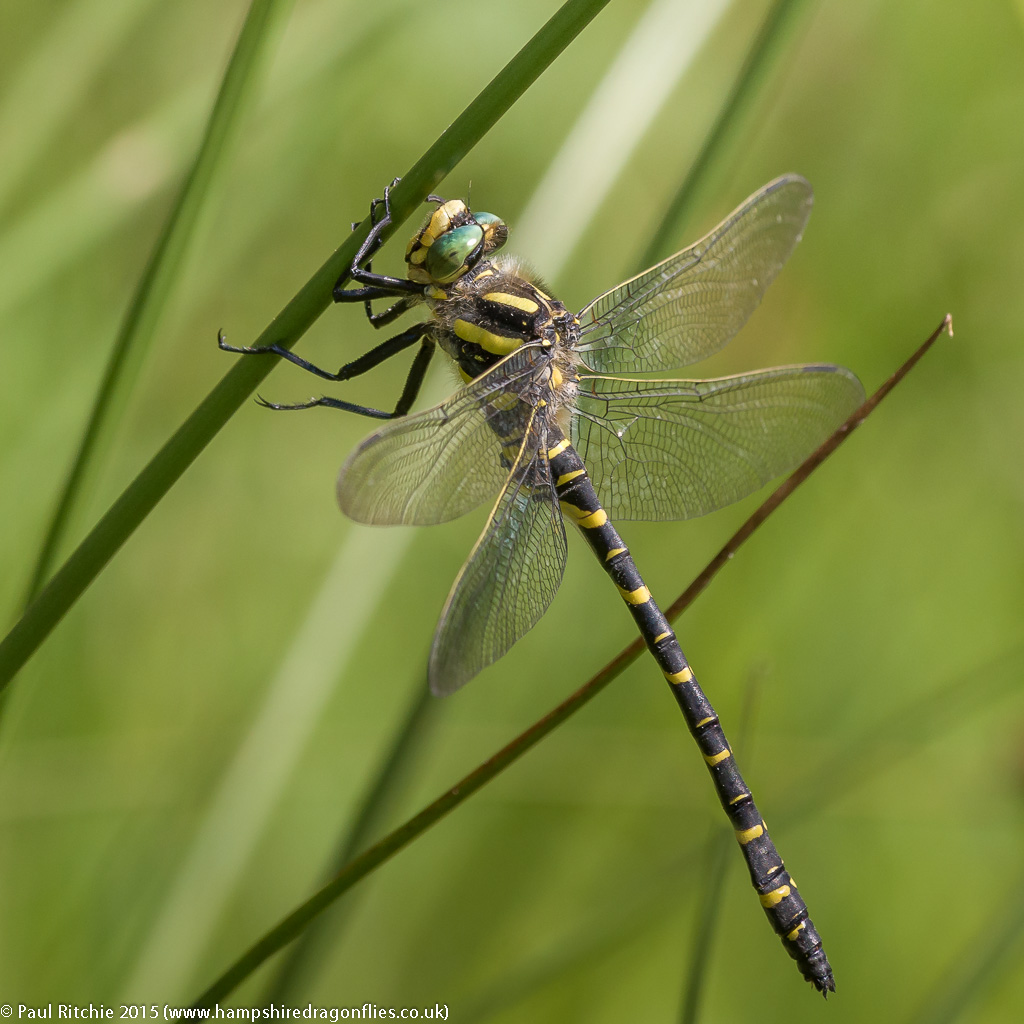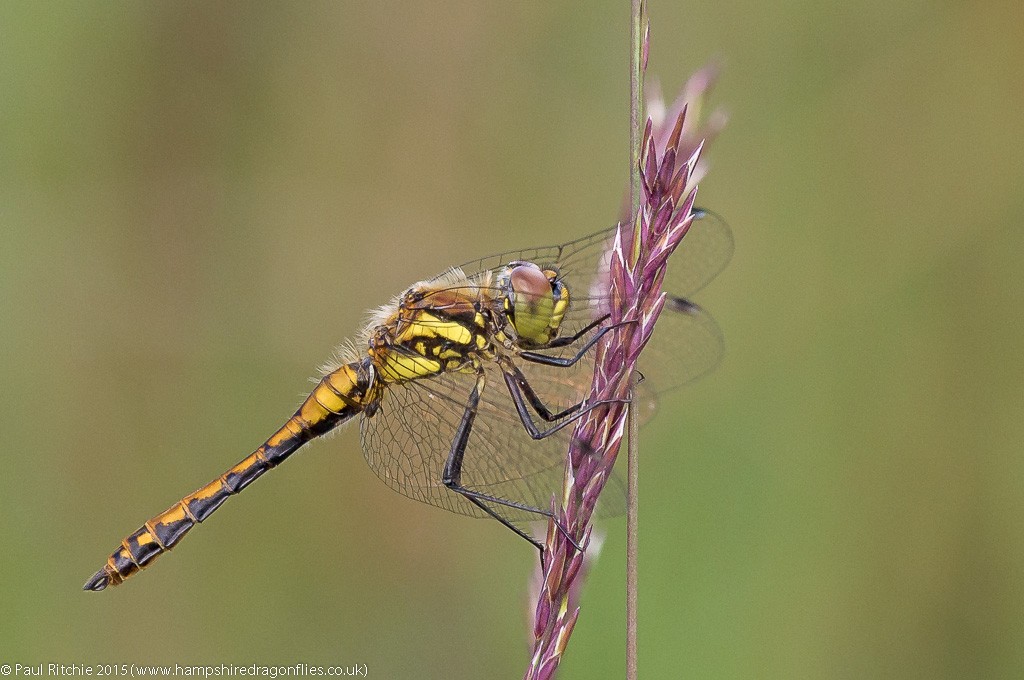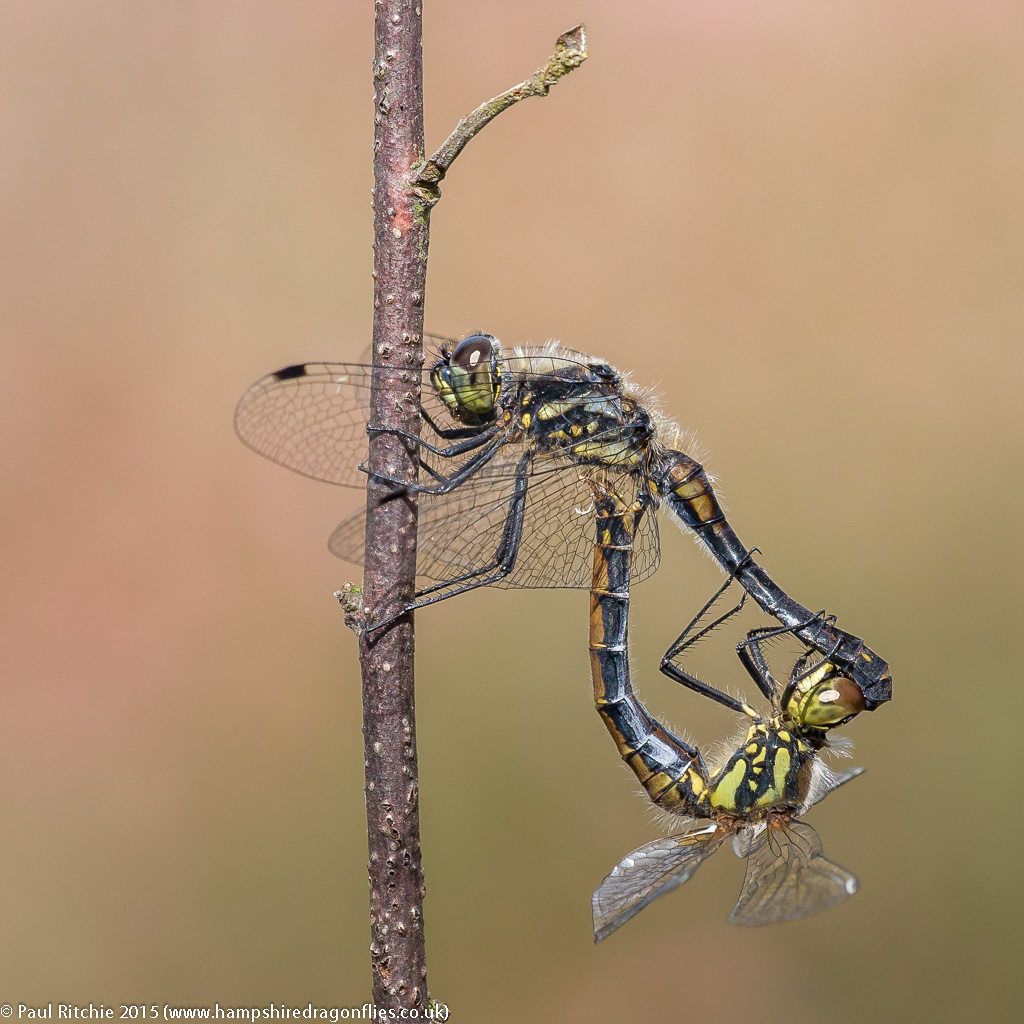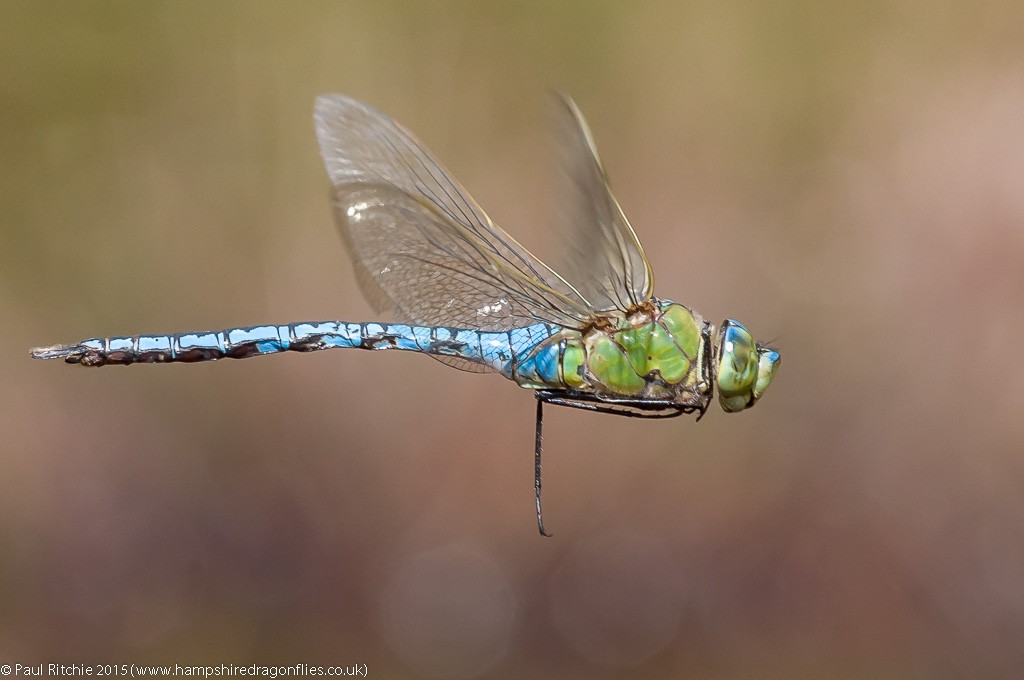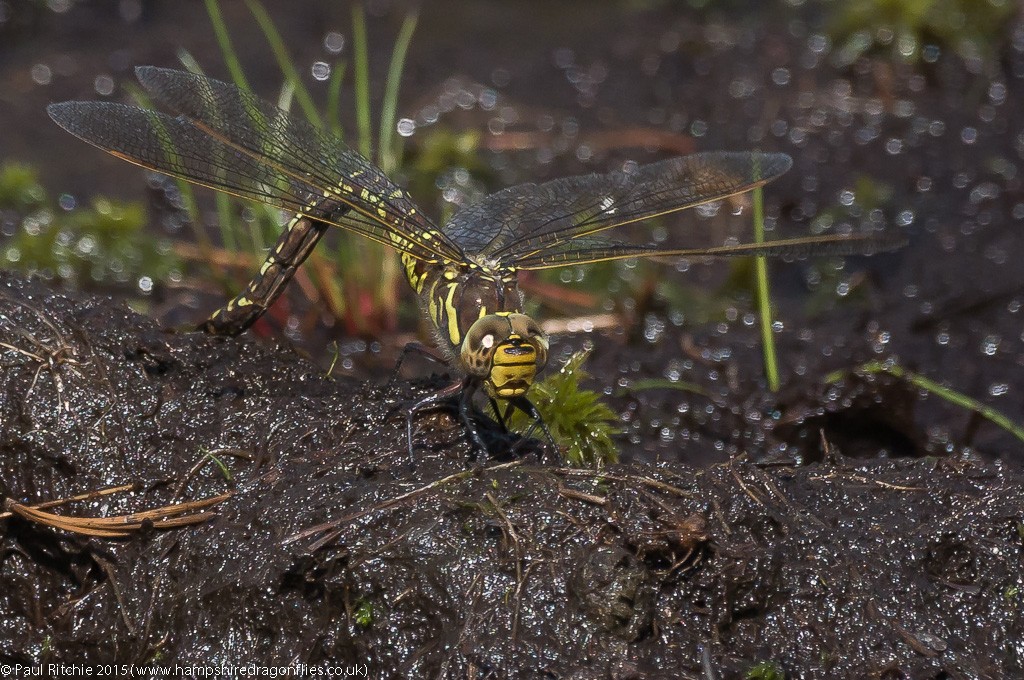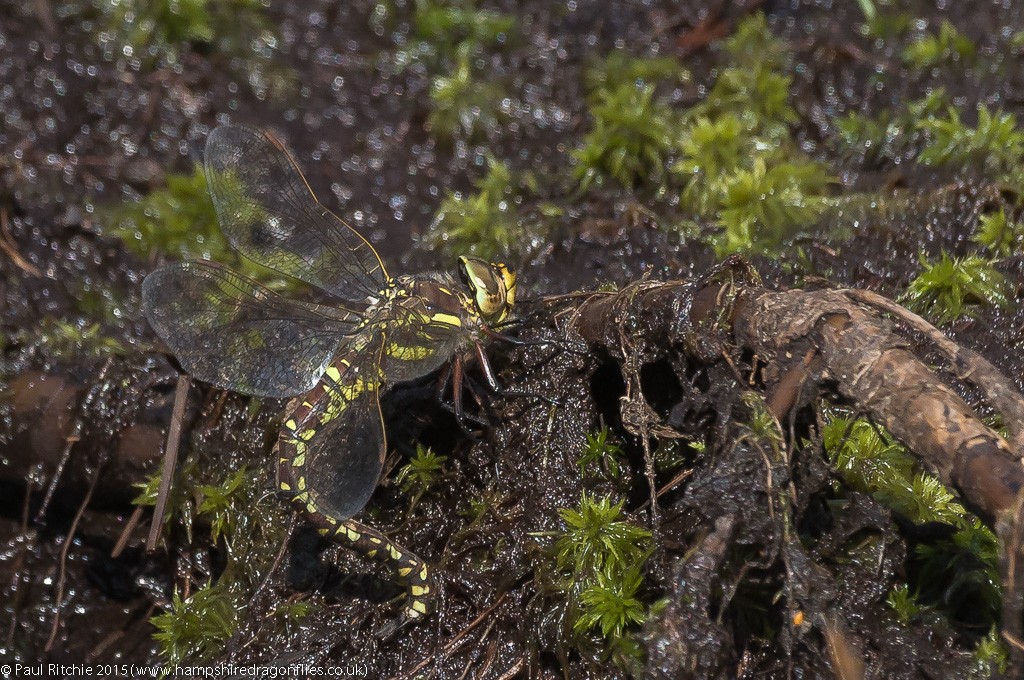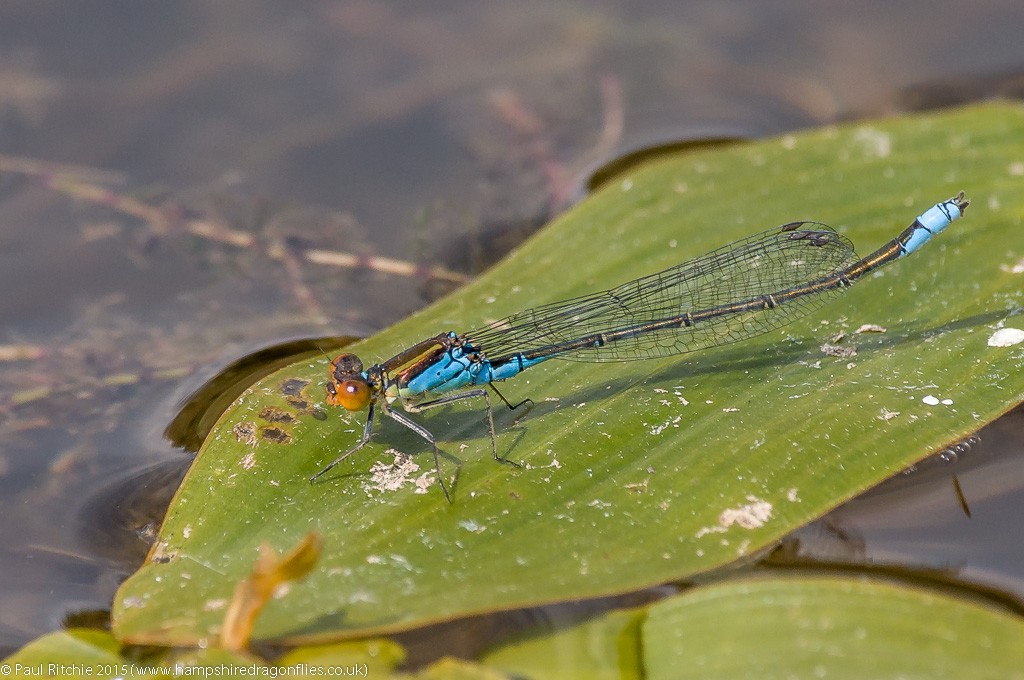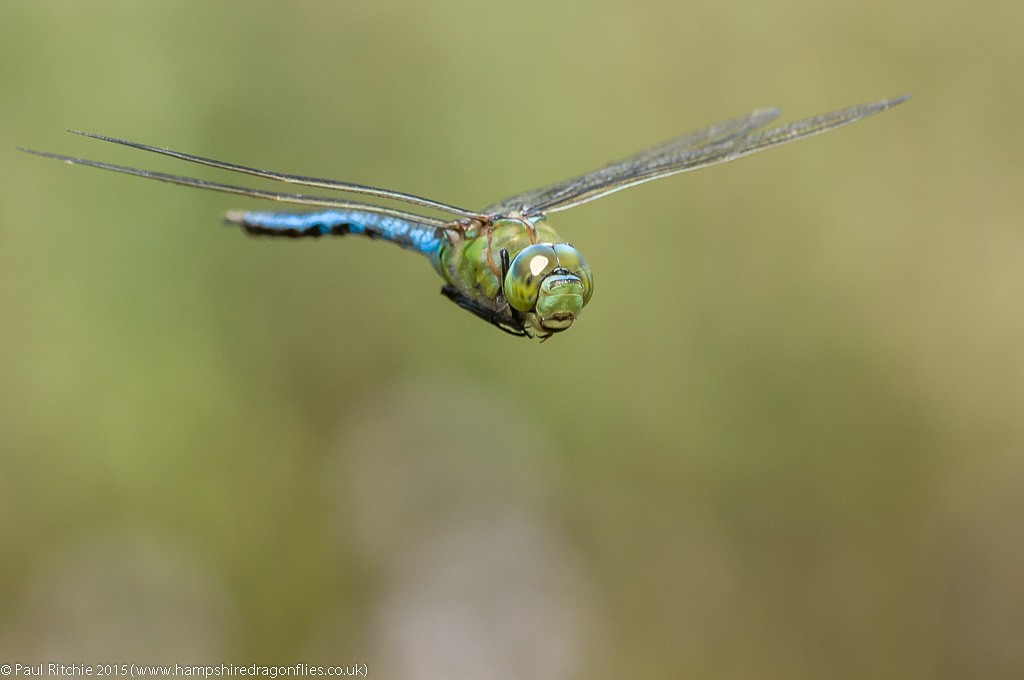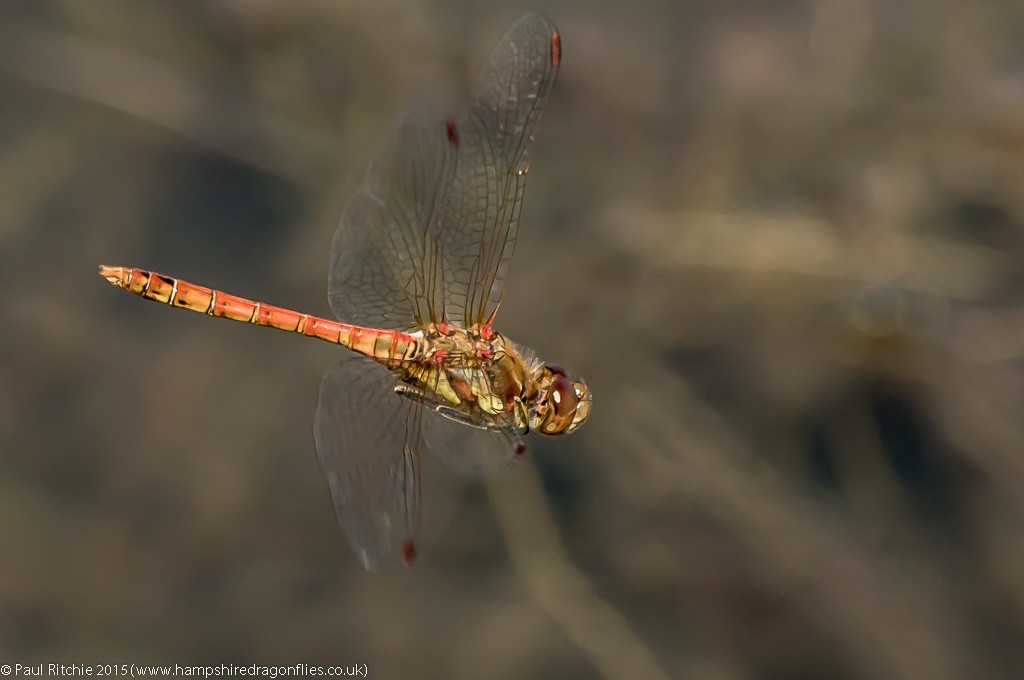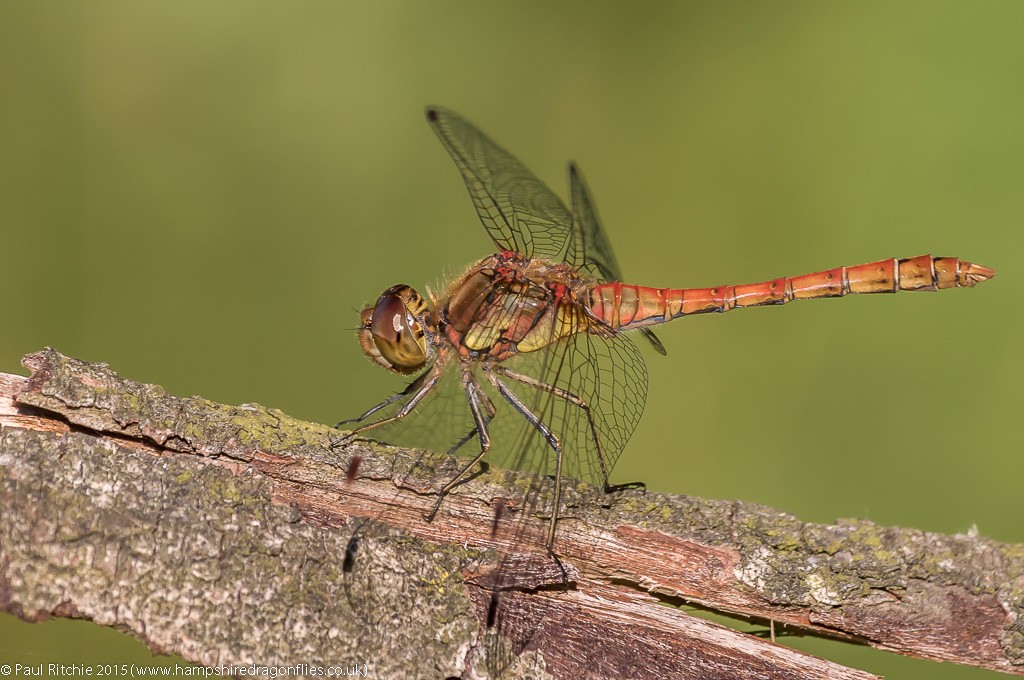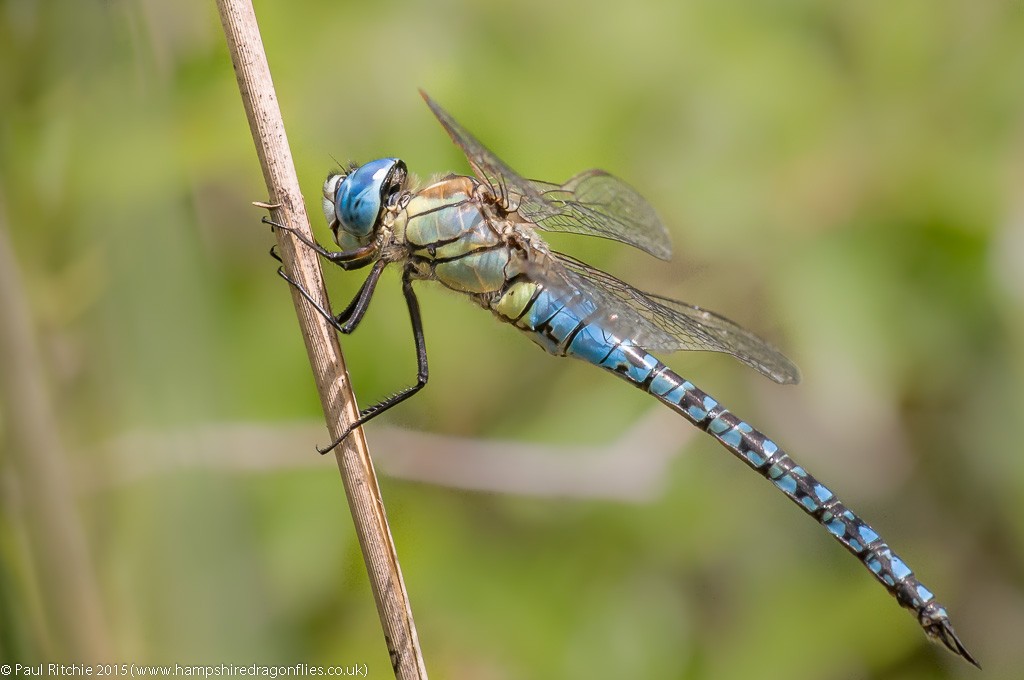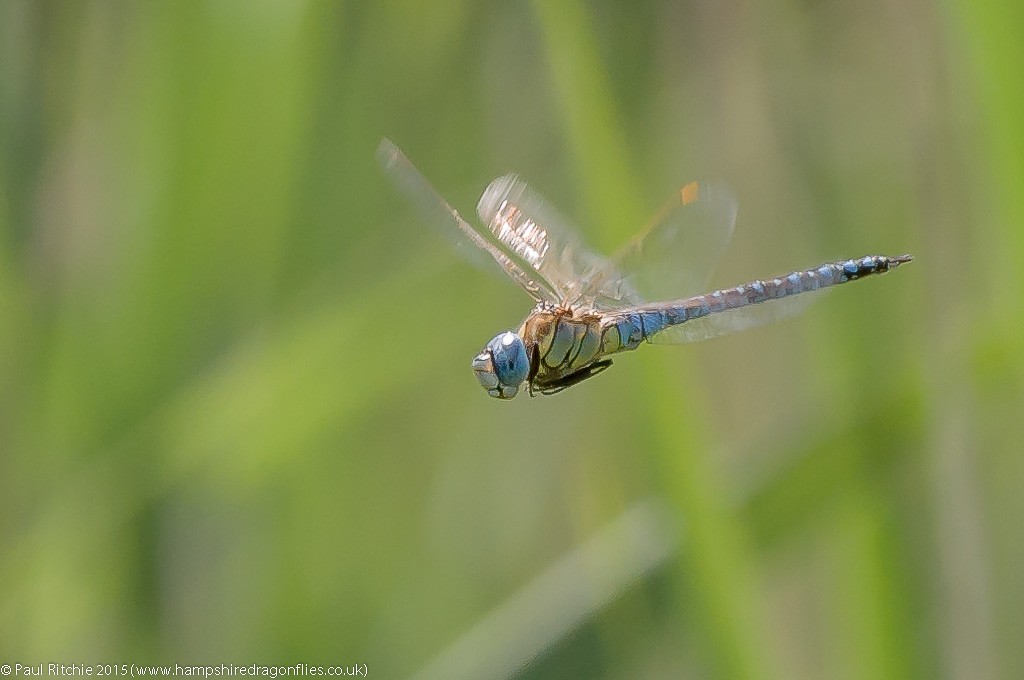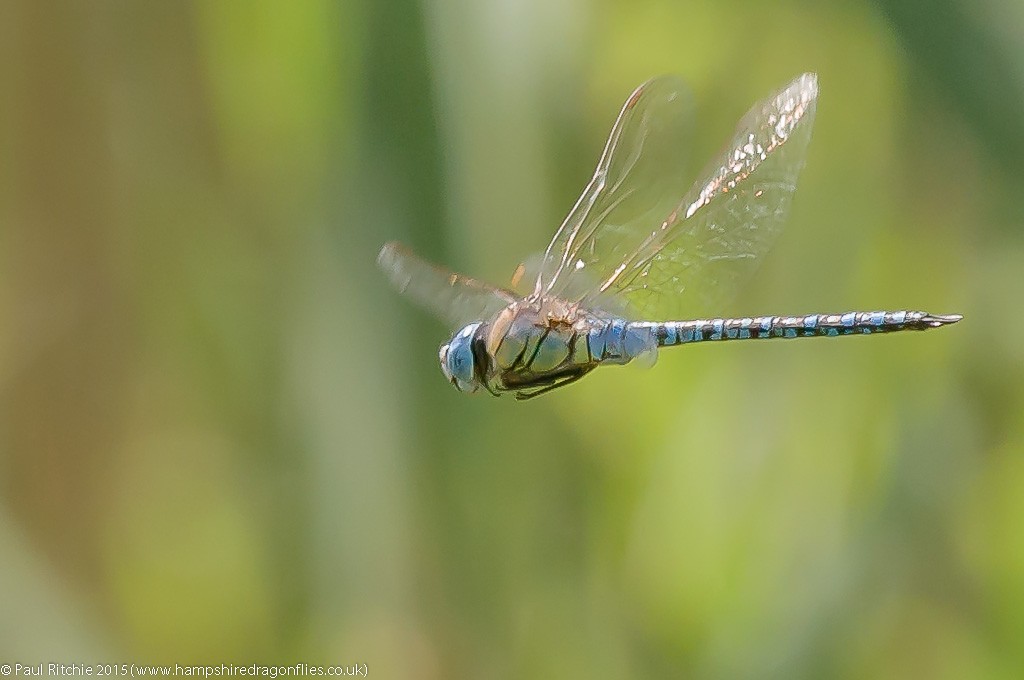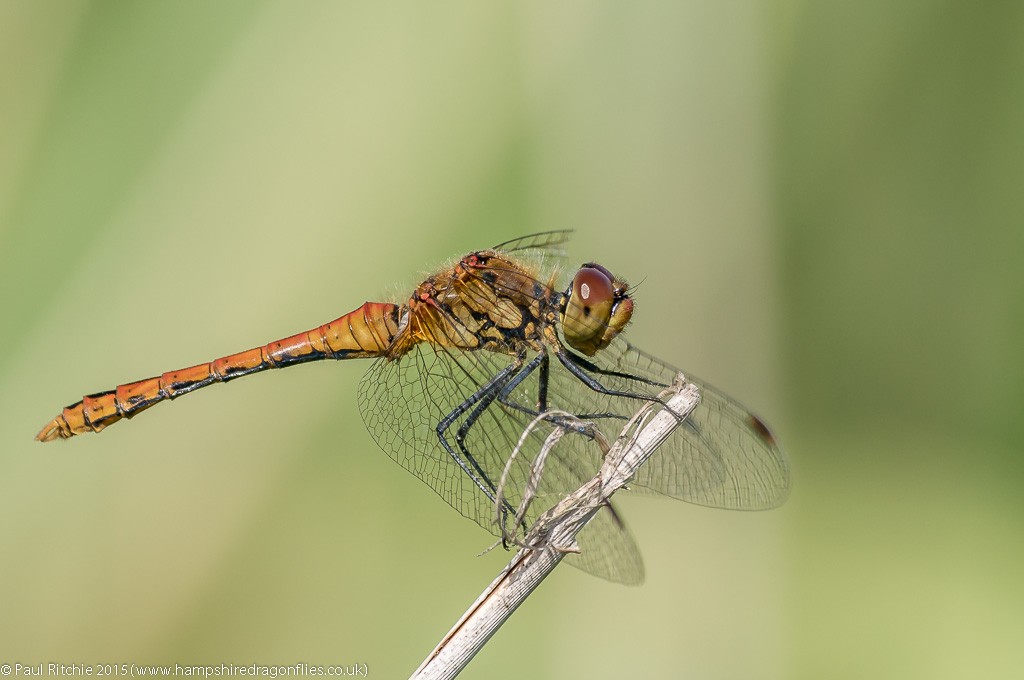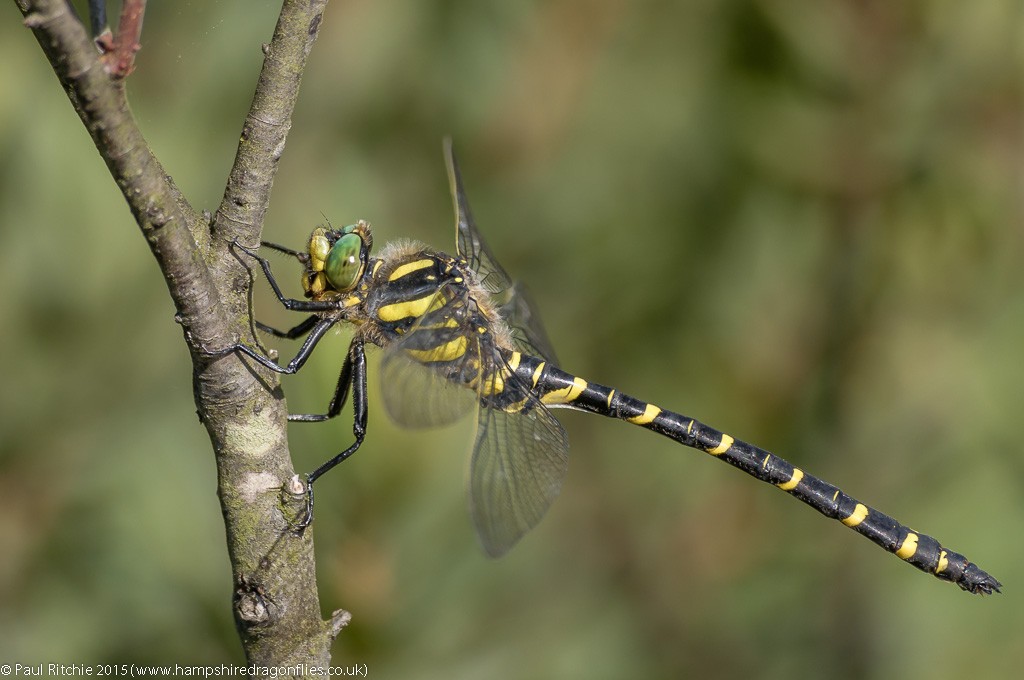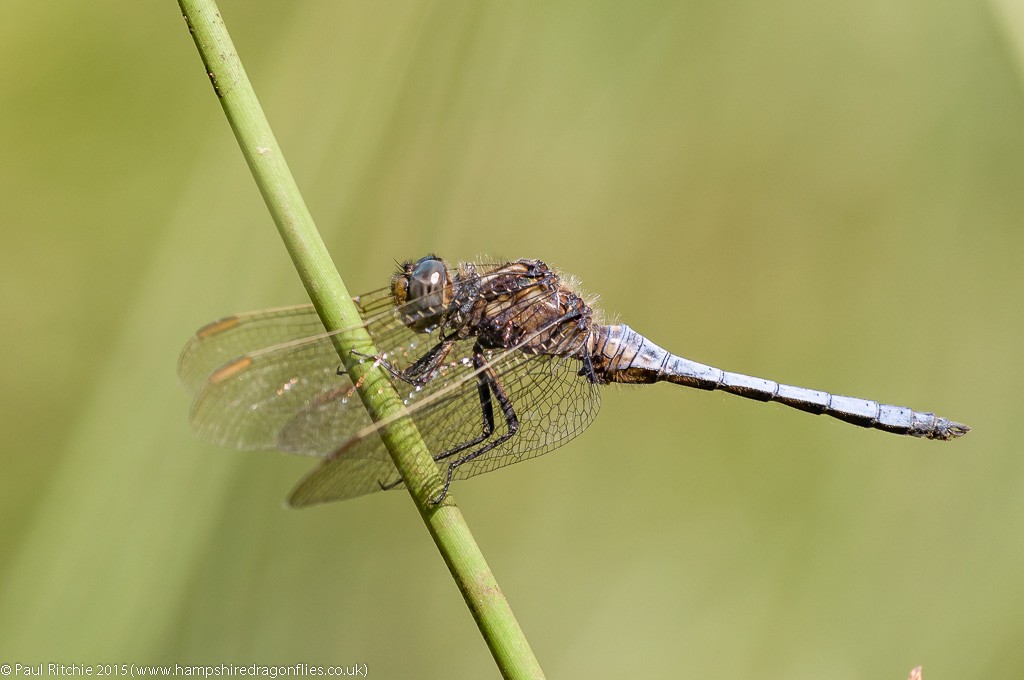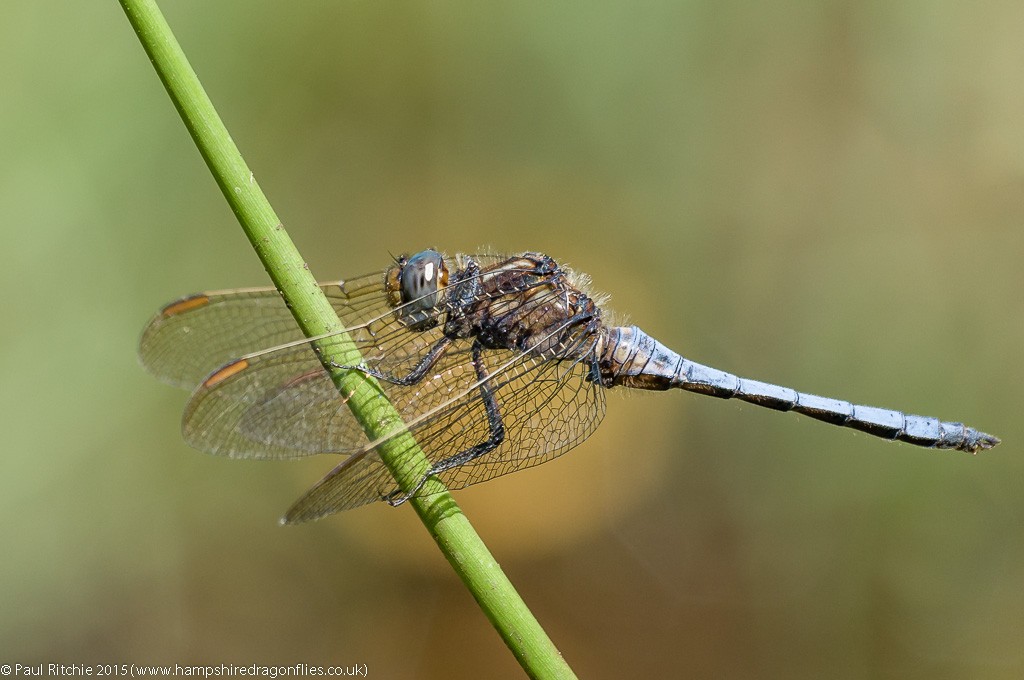Friday 21st August
Having mentioned the pond responsible for my obsession in the recent video I felt I had to pay another visit to Cadnam Common in the hope I’d find a Southern or two, and I wasn’t disappointed. As soon as I arrived a male was patrolling (their favourite) section by the gorse bush.
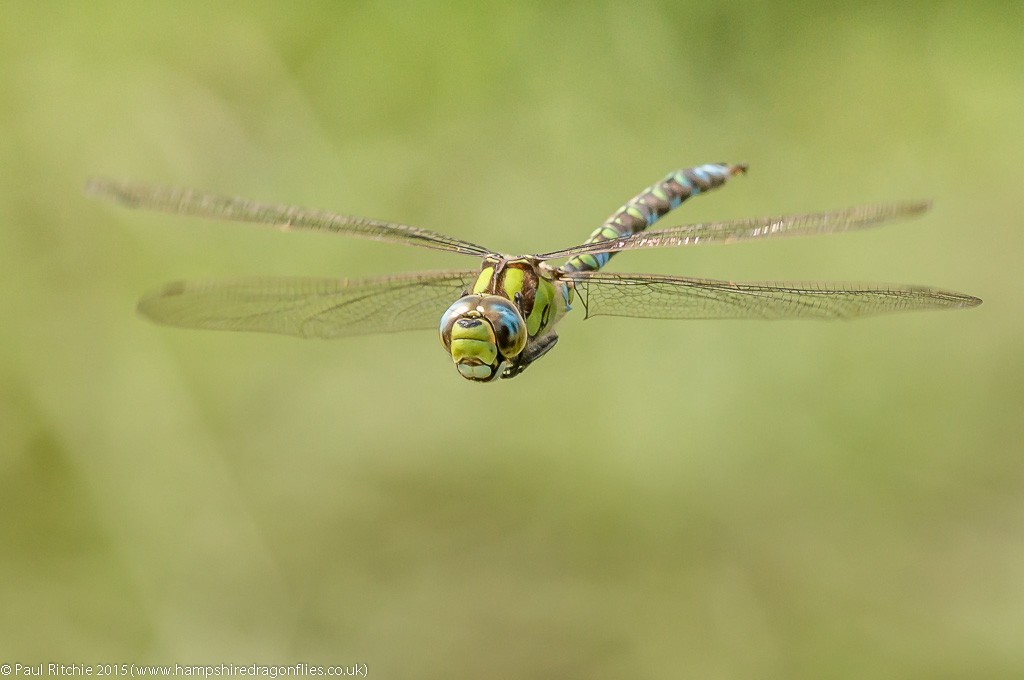
A little further along was another, surprisingly sharing a section with a withered-looking Emperor. There was even a tatty Four-spotted Chaser; well beyond his sell-by date, but fair play to him.
A female Emperor paid a few visits to drop her eggs, frequently having to battle and see off the attentions of the males.

While I was photographing the female, I noticed the healthy growth of Water St. John’s Wort, reassuring to surmise this pond hasn’t suffered as much as I originally thought. Hopefully then some better showings of Scarce Blue-tailed, although I didn’t spot any today.
There were three male Emperors holding territories, and they mostly kept out of each others way. Straying too far after the female caused the occasional battle.
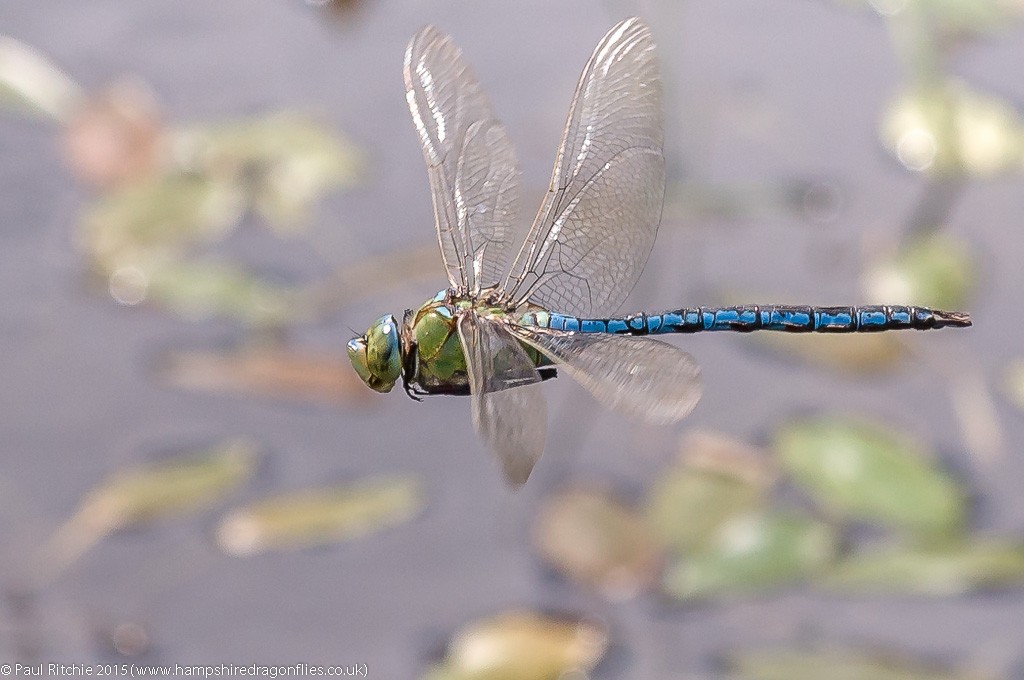
Certainly the best showing of Common Darters I’ve witnessed so far this season with at least half-a-dozen tandem pairs ovipositing into the shallows. Common Emerald were also showing nicely in good numbers, one of this season’s success stories, and a nice surprise was a fly-through from a male Beautiful Demoiselle.
Further variety was offered by a couple of Black Darters hiding out among the reeds and rushes of the island, with one male braving the near shore among the Common Darters.
One brief Moorland Hawker visit today; a female unfortunately driven off by the resident & spiteful Emperor. Not so spiteful, and exceedingly agreeable from my point of view was this male who paraded in front of me for a short while before perching.

Broken cloud, not huge dull blankets, and some warm spells of delightful sunshine awoke the pond to it’s original splendour. Even in the quietest moments there was something to observe.
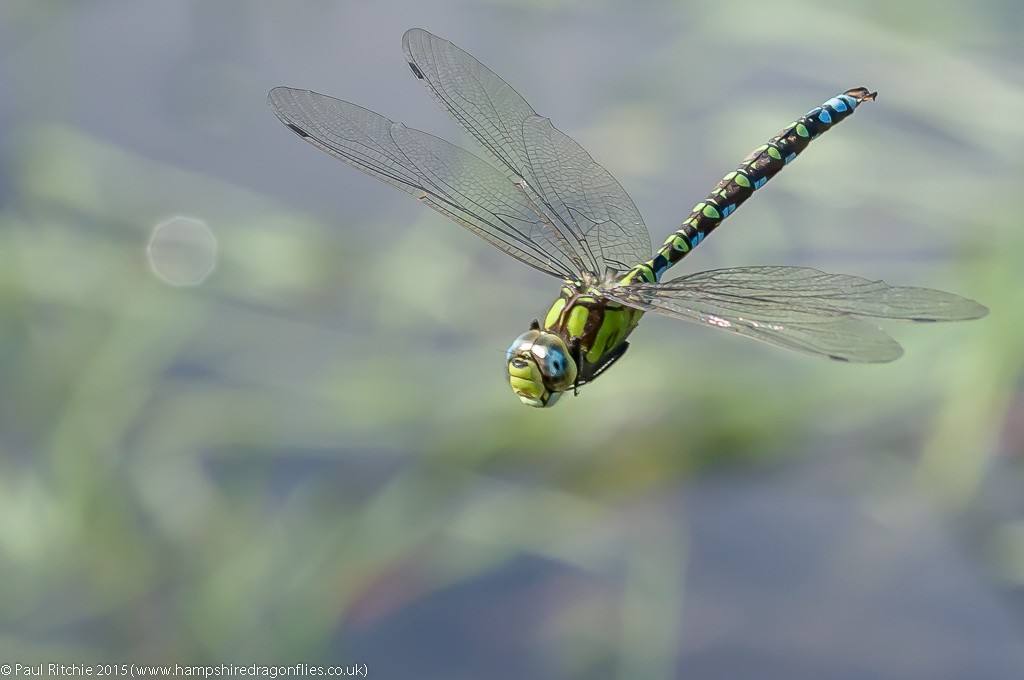
A grand day at the pond that started it all.

